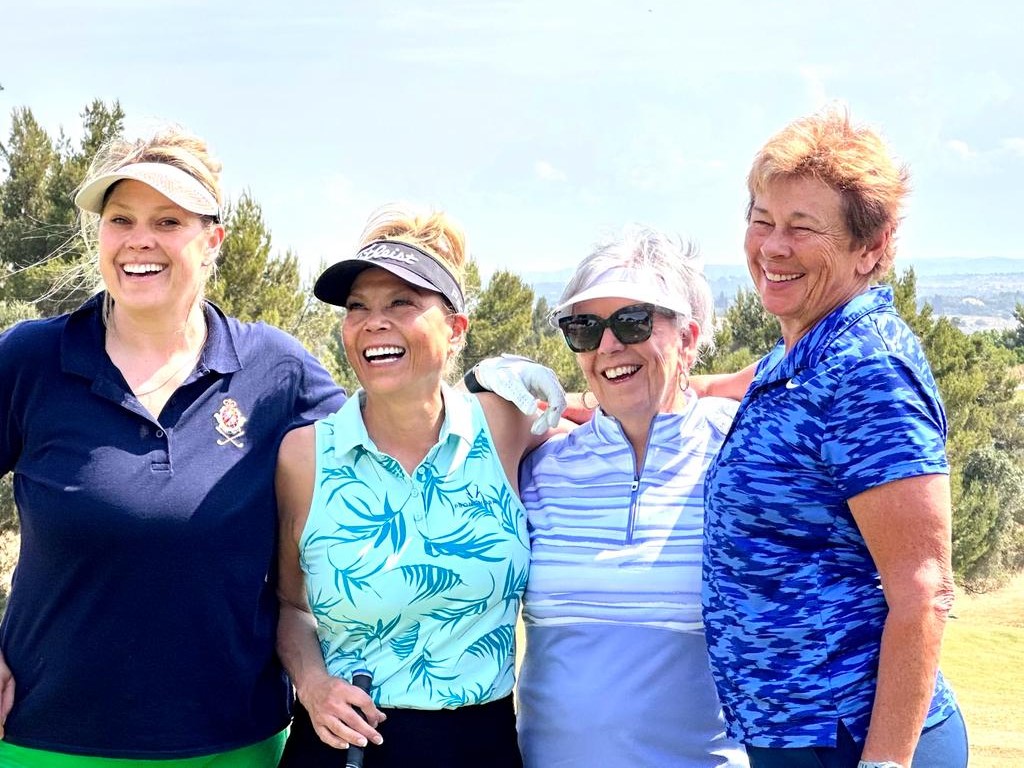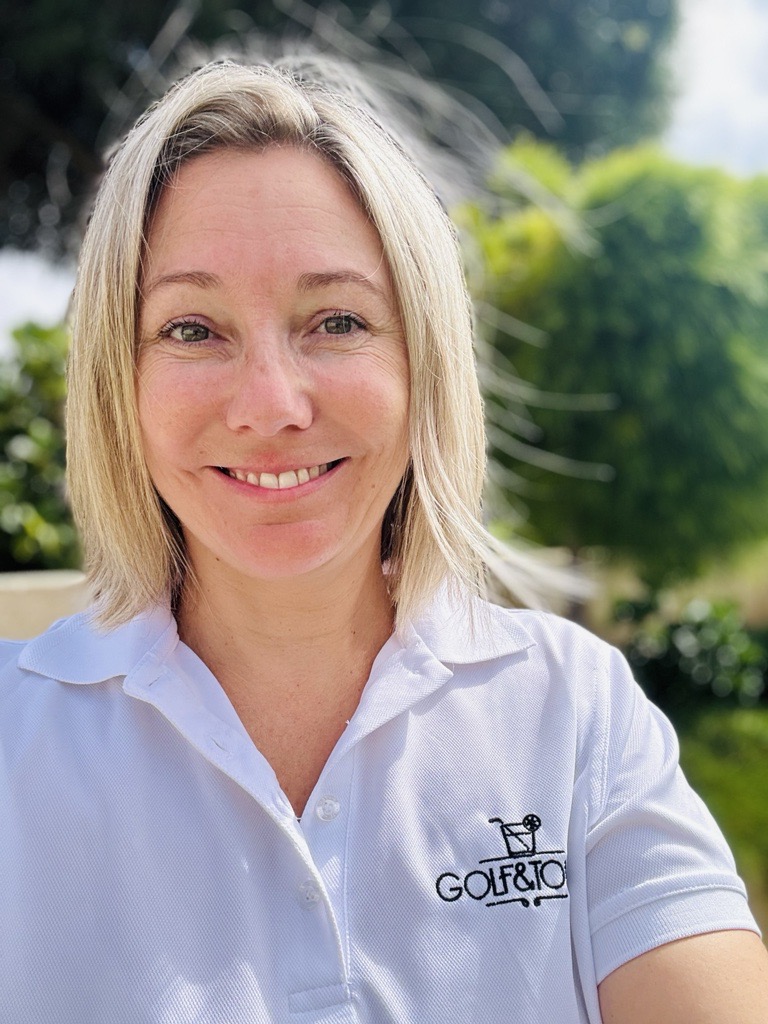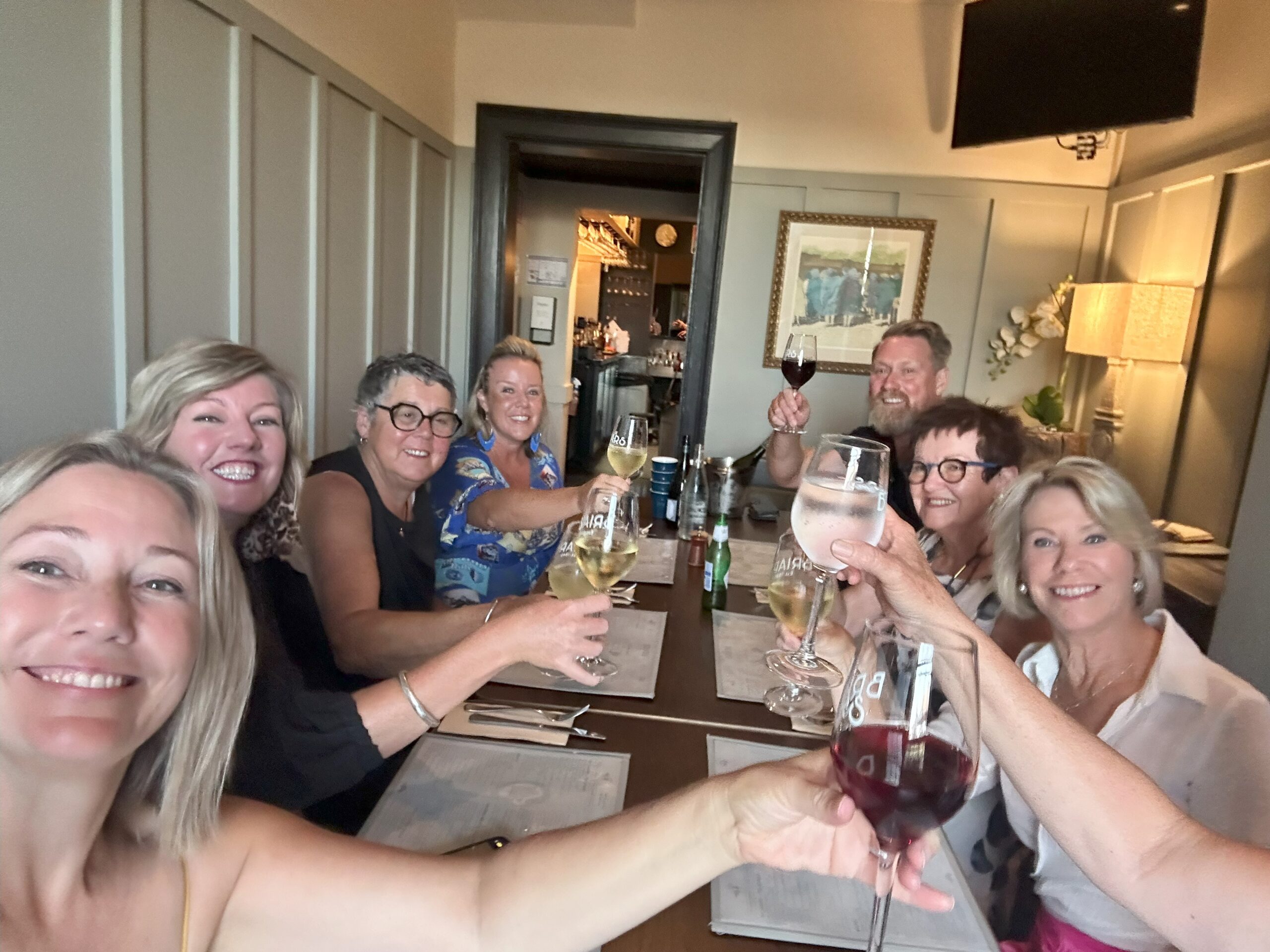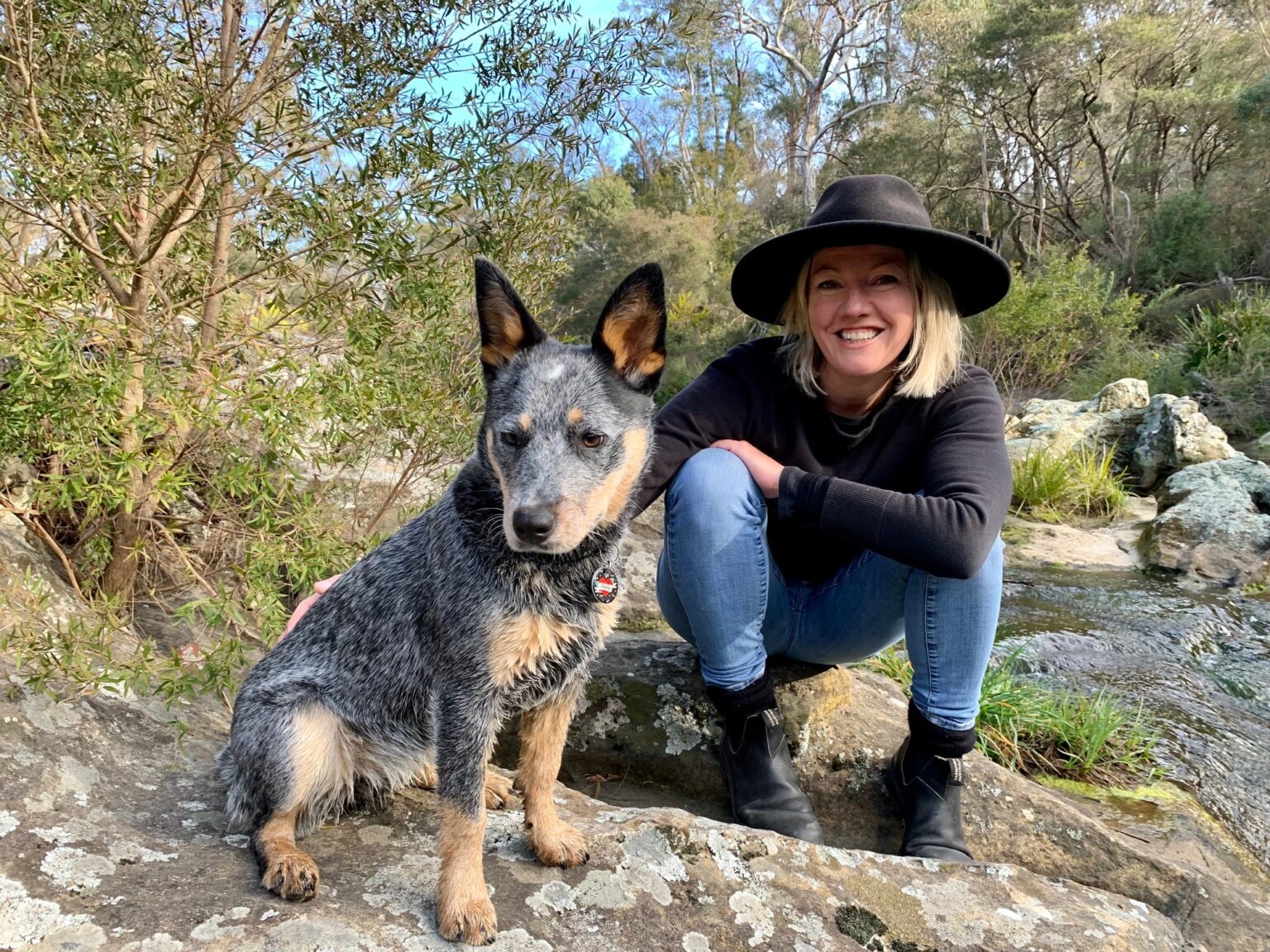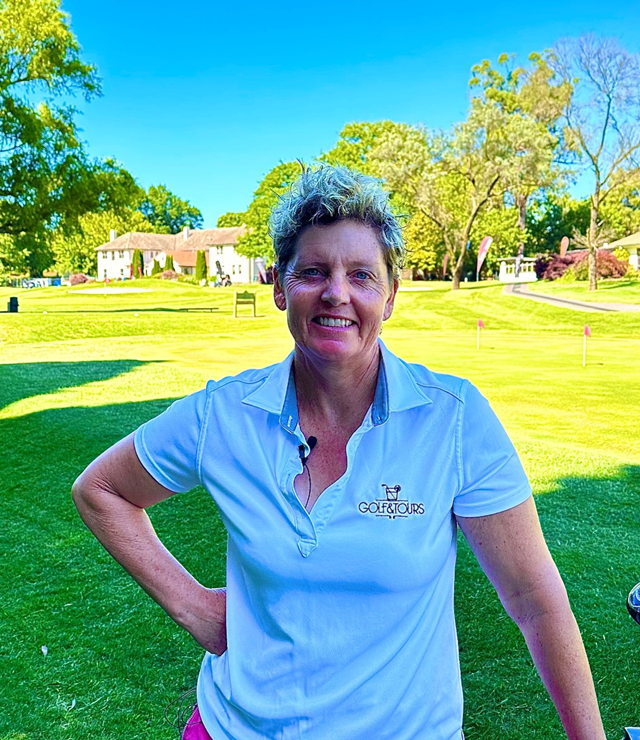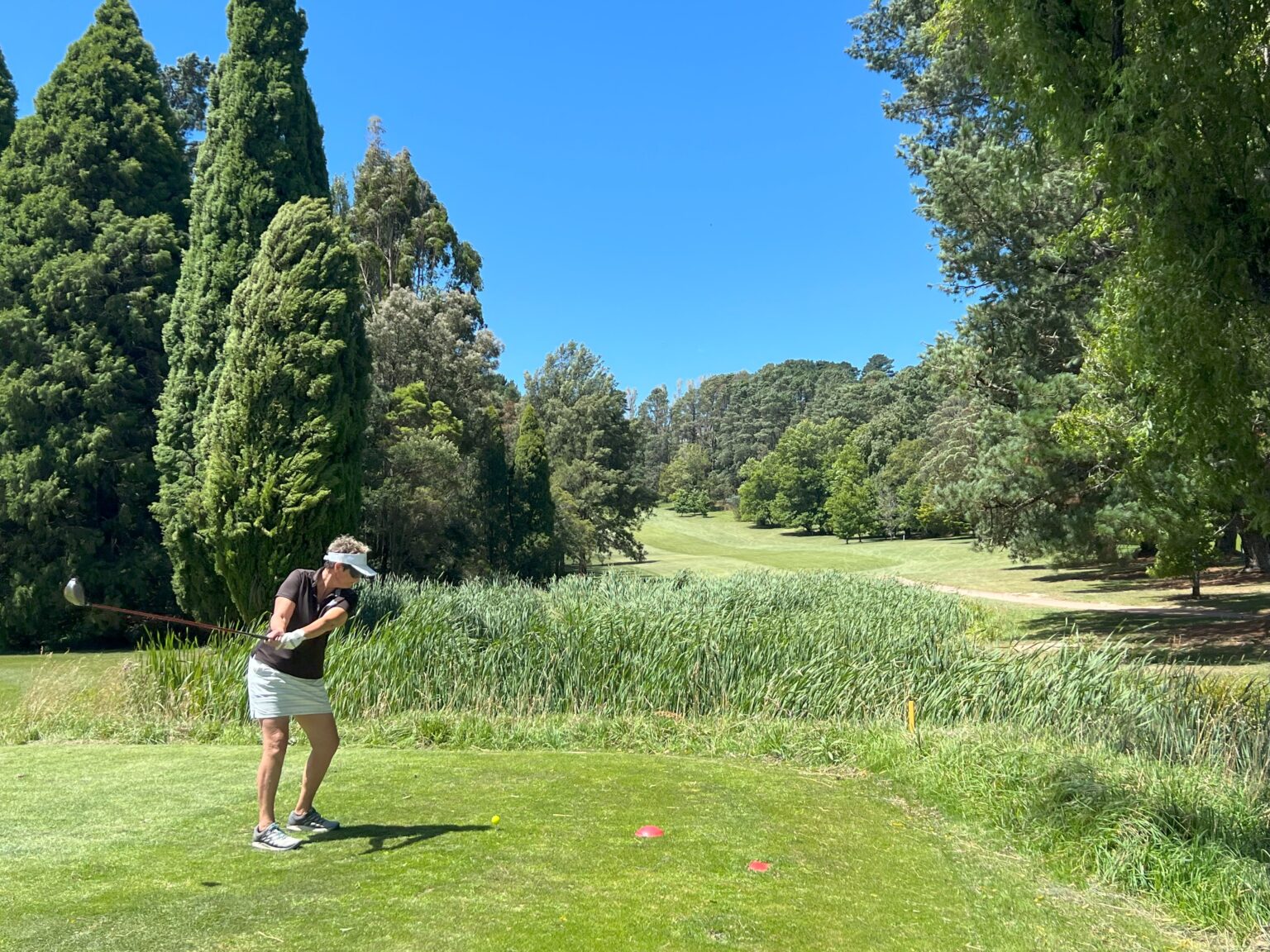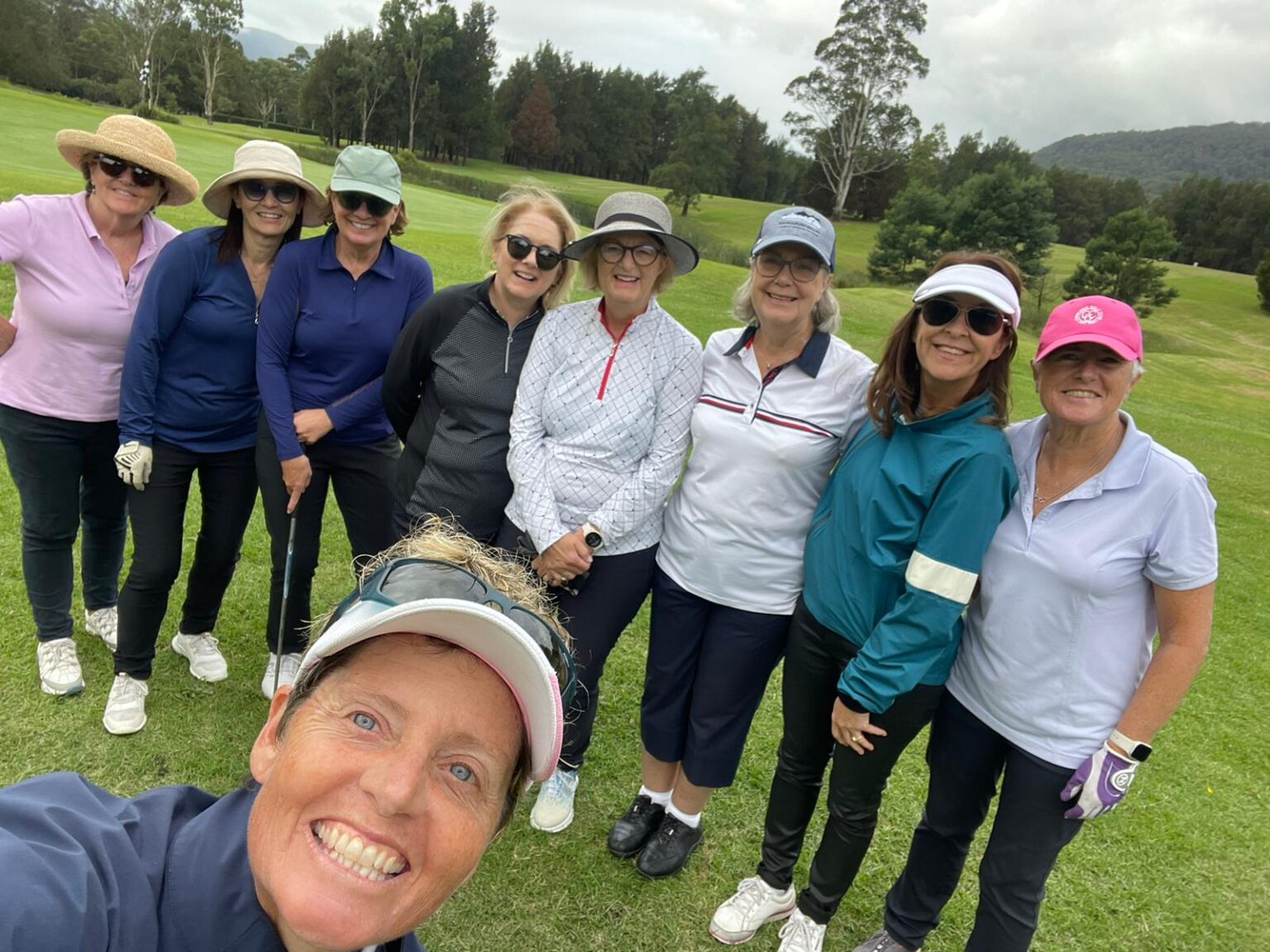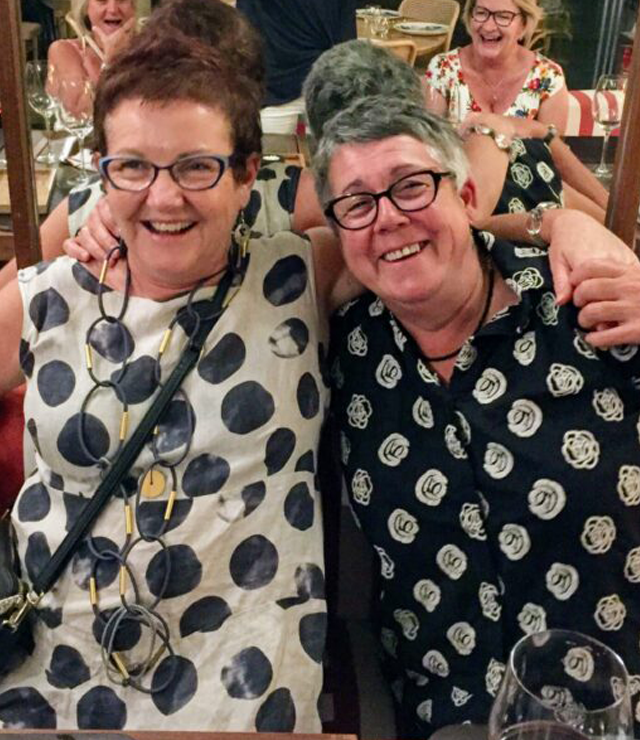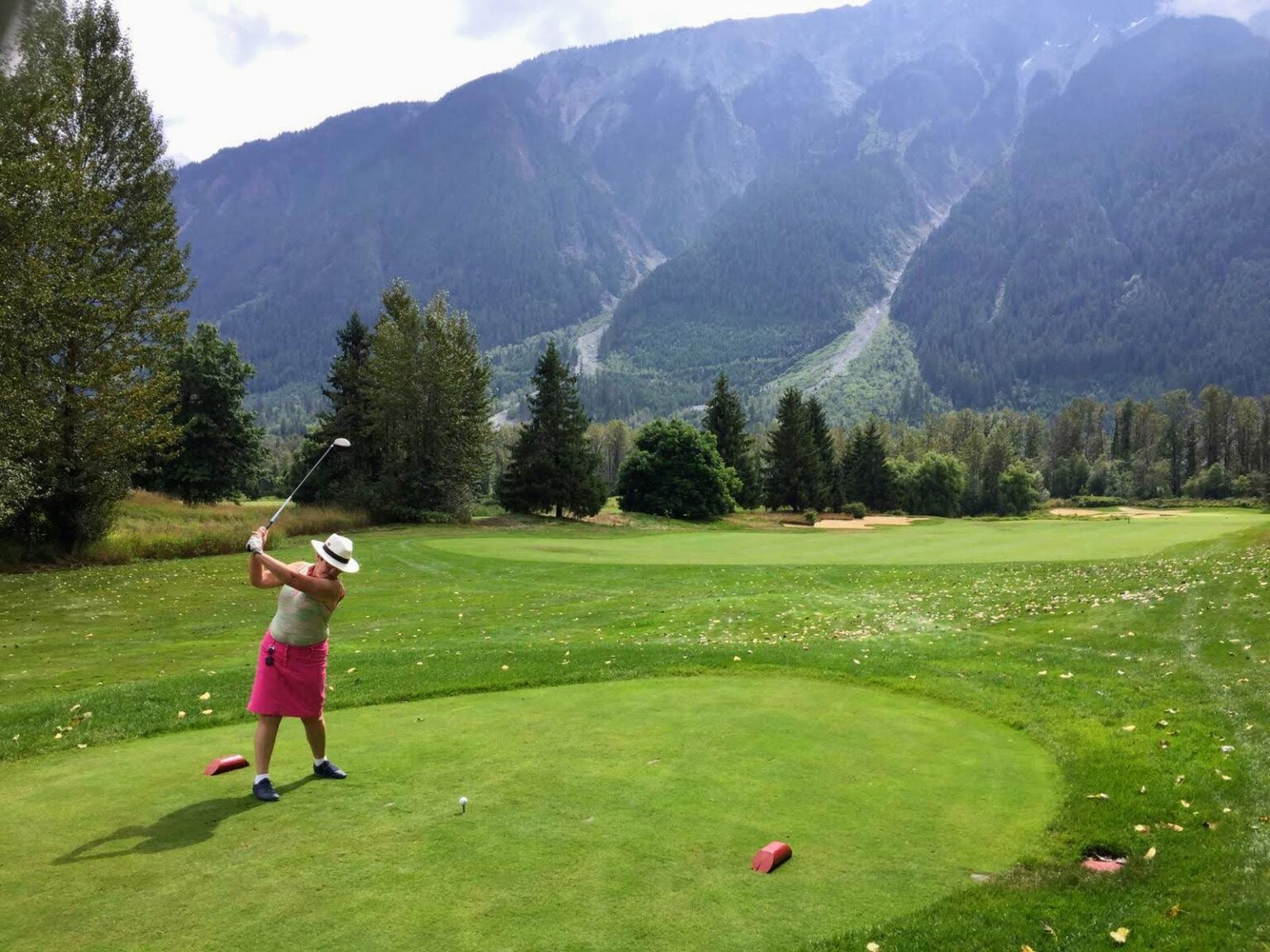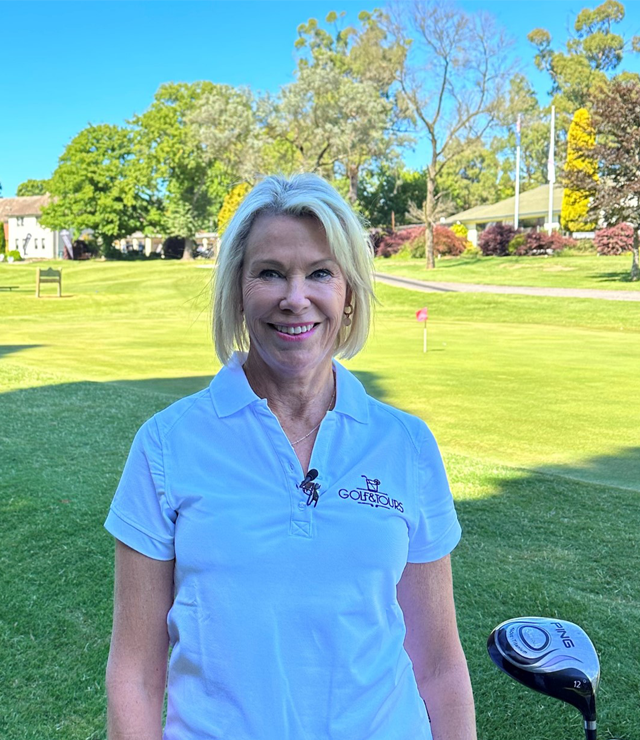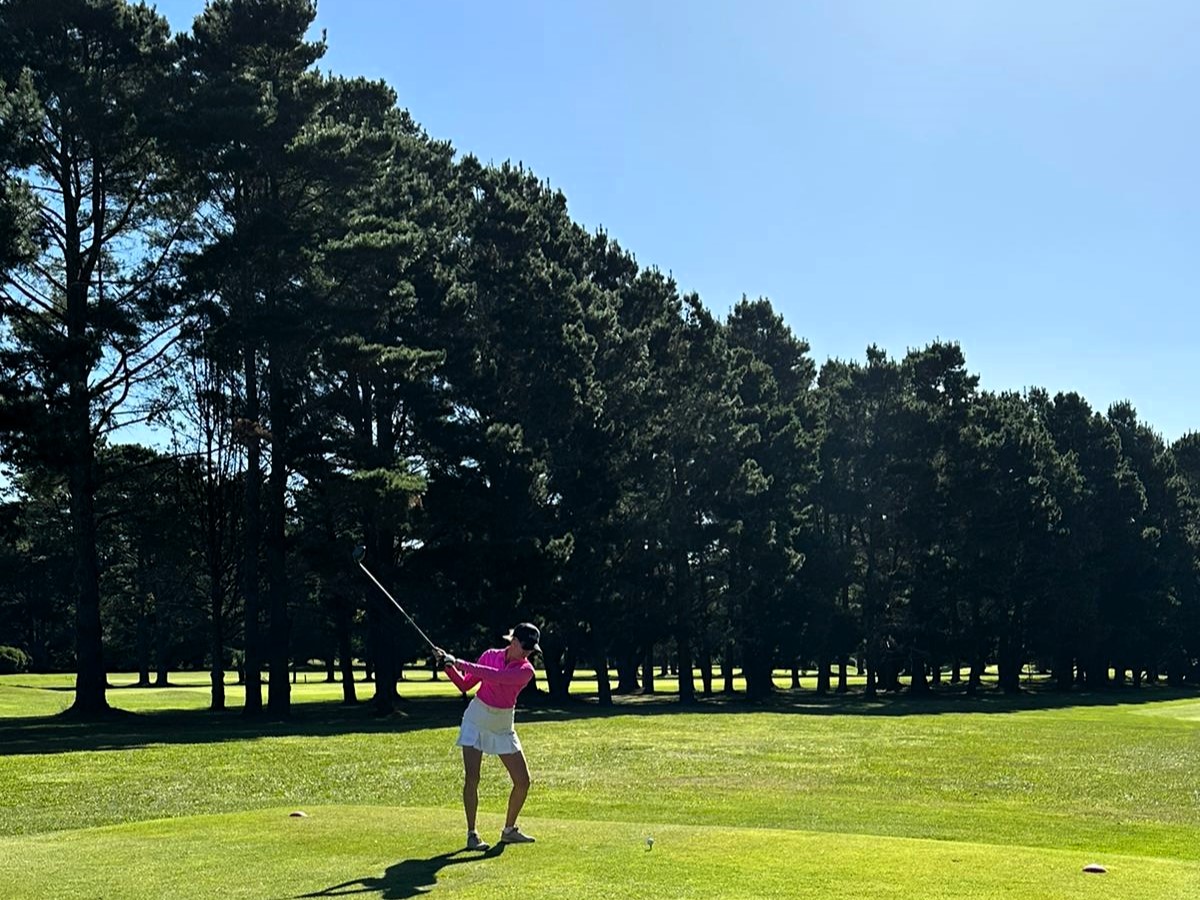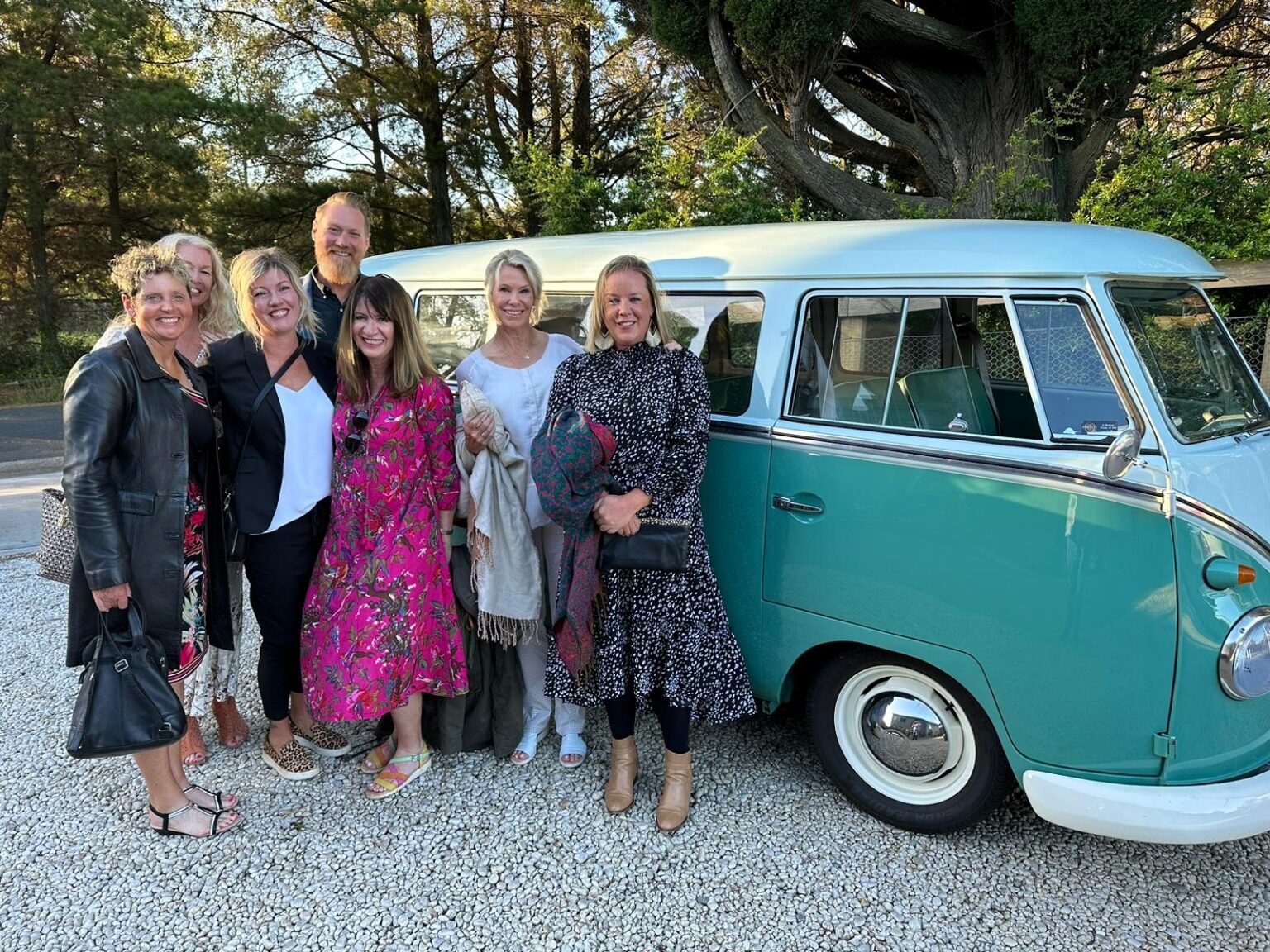Introduction:
Scotland is the birthplace of golf and a golf enthusiast’s dream destination. It’s a land where lush green fairways meet rugged coastline, and every swing is steeped in history. But among all the incredible golf courses in this picturesque country, one stands out as the holy grail of golf: The Old Course at St Andrews. In this first of two special blog posts, we take you on an unforgettable journey through the eyes of Ben Saunders, Managing Director of Golf & Tours, as he gives a full course guide to The Old Course at St Andrews. Ben will take you through some of the iconic holes and unforgettable features that comprise the emotional rollercoaster of The Old Course. This course guide is for the front 9 at The Old Course.
Teeing off on the 1st: A Nerve-Wracking Start

The excitement and anticipation are palpable as you stand on the 1st tee of The Old Course St Andrews. This is where golf was born, and every golfer dreams of teeing off here, now it’s your turn. Your heart races and your hands may tremble, but there’s a unique sense of privilege that washes over you.
Ben’s tip: It’s hard not to marvel at the history and tradition that permeates everything on the first tee at The Old Course and to feel just a little intimidated. Now is the time to relax, choose a club you are really comfortable with, The Old Course is about tactics not distance, focus on your routine and your away.
Hole 2 and others – Shared greens on The Old Course.
 Once you have made it past the 1st you will encounter one of the interesting and unique features of The Old Course at St Andrews and that is the number of shared greens. The only holes that don’t share a green on the course are holes 1, 9, 17 and 18. That means the other 14 holes all share a green with one another and in another quirk of the course layout, each of the hole numbers for the shared greens adds up to 18. So hole 2 shares a green with hole 16 (adds up to 18), hole 5 shares a green with hole 13, hole 8 shares a green with hole 10 and so on.
Once you have made it past the 1st you will encounter one of the interesting and unique features of The Old Course at St Andrews and that is the number of shared greens. The only holes that don’t share a green on the course are holes 1, 9, 17 and 18. That means the other 14 holes all share a green with one another and in another quirk of the course layout, each of the hole numbers for the shared greens adds up to 18. So hole 2 shares a green with hole 16 (adds up to 18), hole 5 shares a green with hole 13, hole 8 shares a green with hole 10 and so on.
Holes 3 and 4 – Relaxing into your game

By now the nerves from the 1st tee will have started to dissipate somewhat and you will be warming up and getting into your round. It’s also around this time that many players will start noticing one of the other features of The Old Course and that is the bunkers. It’s a good idea to invest in some bunker practice before you come and play The Old Course, you may well need it. The course is littered with both fairway and greenside bunkers and whilst many of them are not large, they can be particularly deep and steep.
Ben’s tip: Invest in a caddie, they will tell you where you need to be hitting and what to avoid which can make such a difference to the round. On top of this, the caddies are fantastic company, full of knowledge about the course and its history, and generally great for some on-course banter.
Hole 5 – Now that is a big green
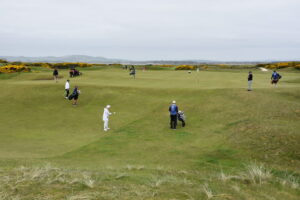
As greens go you would have to go a long way to find one bigger than the shared 5th and 13th green at The Old Course. It is more than 100 yards (92 metres) long and nearly 38,000 square feet (3530 square metres) in area. That’s big enough to fit the first 6 greens of Pebble Beach (Another one of our bucket list golf destinations) within it. That’s big.
Hole 6 – Course design
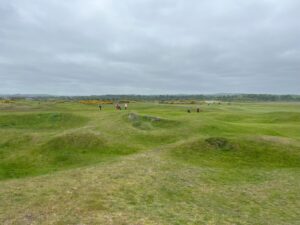
In terms of the design of The Old Course, the bunkers and in fact most of the rest of the course share another interesting feature and that is that they were not designed (In the modern sense). Most other golf courses change the landscape to create the course and its features. Trees are cleared, bunkers are excavated and fairways are built and contoured artificially. Not at The Old Course. Prior to being a golf course the land that The Old Course occupies was used for grazing animals, mostly sheep. When the land became a golf course, the holes were created purely by mowing and maintaining certain areas of the land that then became the fairways and greens. Even the bunkers on The Old Course were pre-existing areas where the former resident sheep would huddle together for warmth and as such they would create natural depressions with no grass IE a bunker. All of the bunkers on The Old Course have been formed naturally like this.
The only features of the course that have been artificially changed are some of the greens, which were raised up in some areas because of inundation after rain.
Hole 7 – The start of the loop

This is the start of the loop that dictates the in-and-out layout of the course. The loop goes from the 7th through to the 12th hole. You need to exercise caution on this hole for 2 reasons, firstly, people teeing off on the par 3 12th are playing their shots directly across the 7th fairway so about halfway down the fairway, so keep a lookout to the right. Secondly, the green is guarded by the massive shell bunker, which resembles a quarry more than it does a bunker.
Ben’s tip: Play down the left side of the fairway, this doesn’t necessarily take the shell bunker out of play but it does make for a much less intimidating shot to the green.
Holes 8 and 9 – Straight to the halfway house
You are almost halfway there but don’t lose your concentration now, you can have a break at the halfway house after hole 9. The 8th hole is one of only two par 3’s on The Old Course and though it looks straightforward, the green is deceptively hard to read, another reason to invest in a caddie. On hole 9 it’s easy to get distracted by the vista of St Andrews town in the background but keep your head down and avoid the fairway bunkers that have caught many a drive to finish your front 9.
Ben’s tip: Try the sausage rolls at the halfway house (amazing).
Check out our Back 9 course guide by clicking here.






